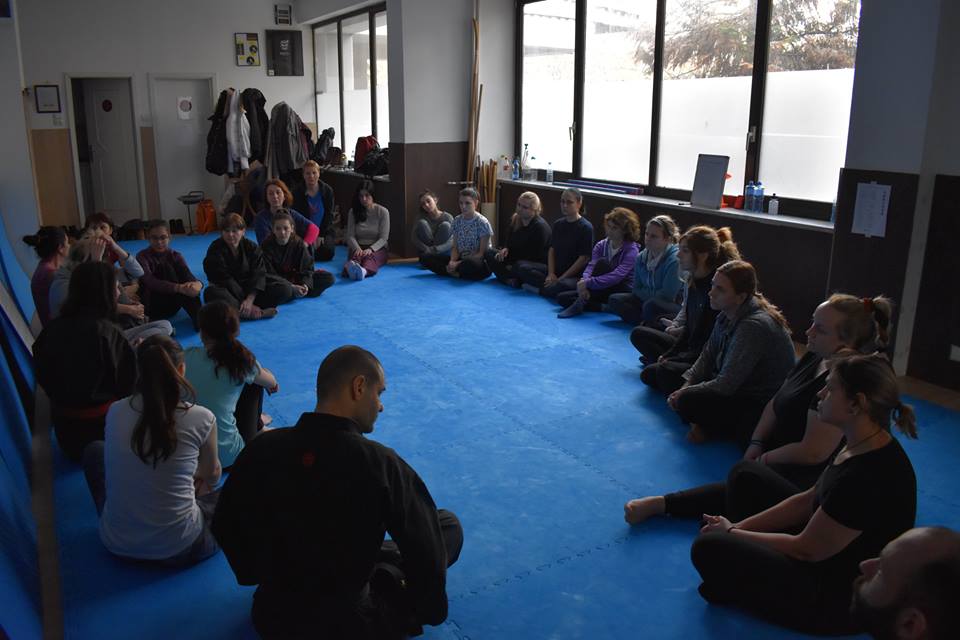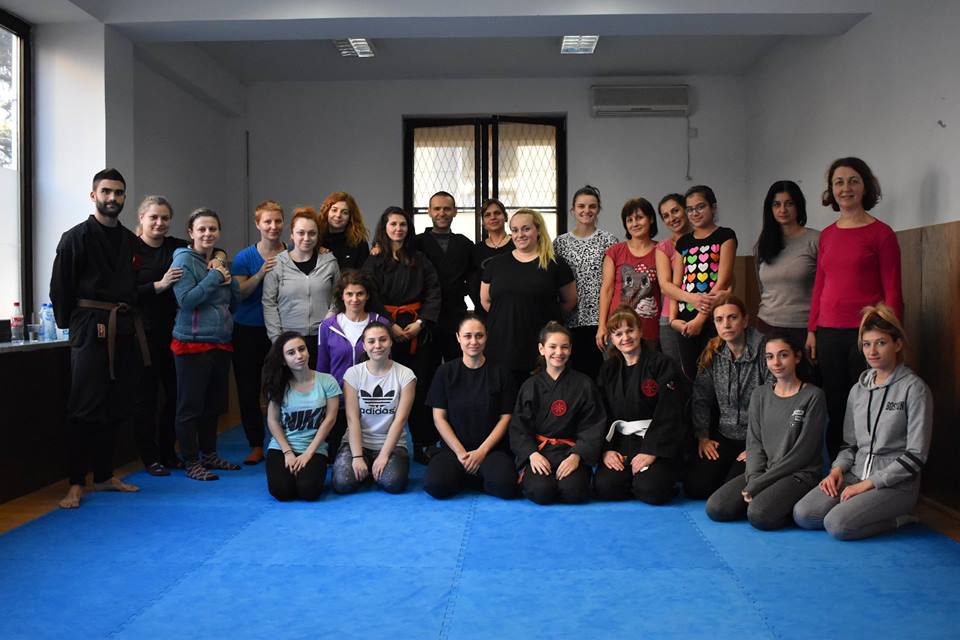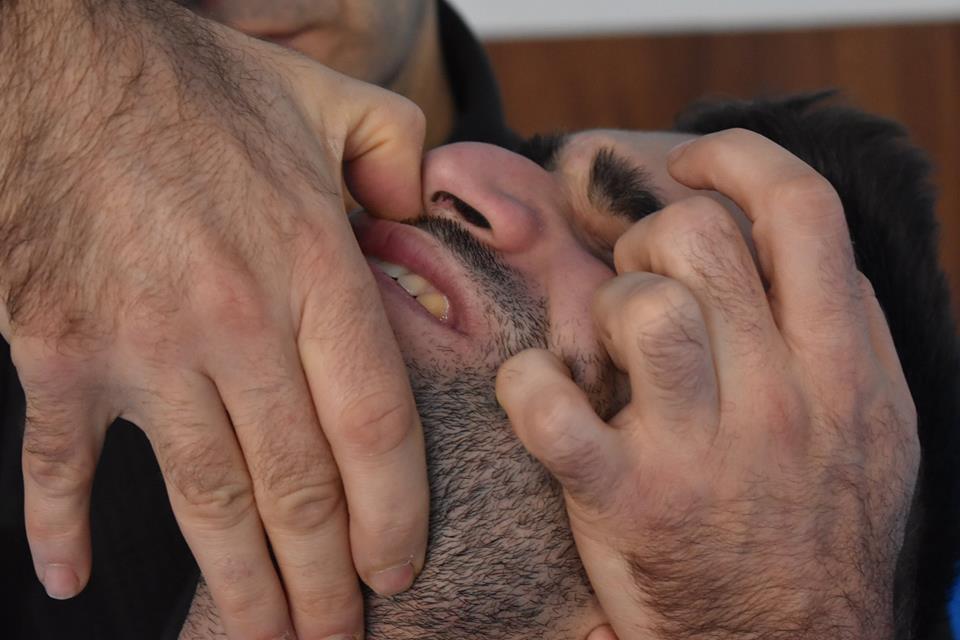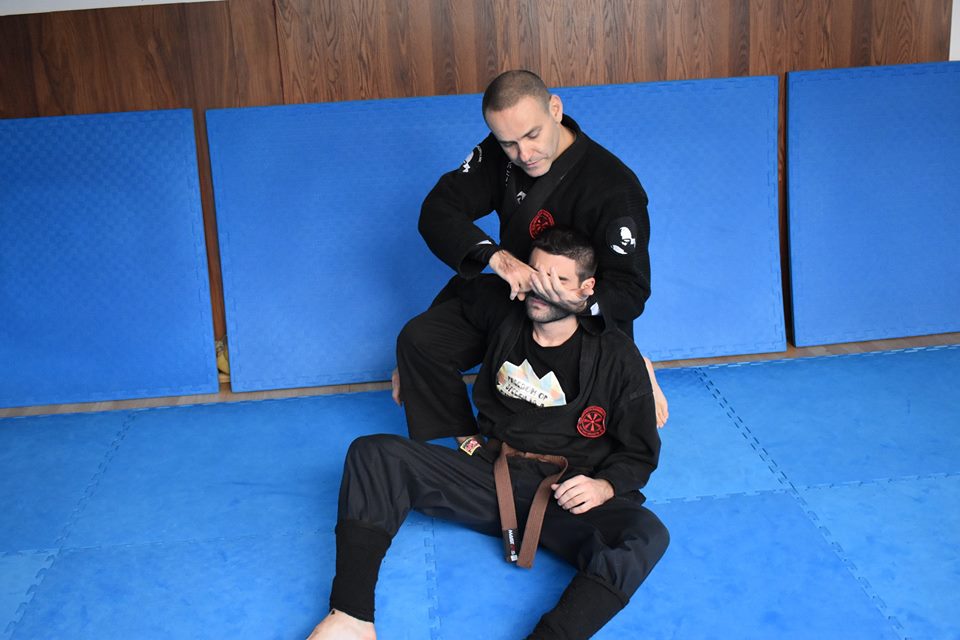Even though the word „Myth“ is regularly used to describe some sort of a „falsified truth“, when used in an academic approach, isn’t a terminological equal to determining truth or falsehood, which are two rather normal human categories. There are a lot of definitions for the purpose of explaining the word „myth“. In ethnology, „myth“ is a form of explanation for the phenomenon of human genesis and the world in it’s present state. Still, through myth, one wishes to transmit a story by which tradition will be raised to gain the height of a religious significance.
Myths in the Bujinkan
During my meetings and conversations with many of the Bujinkan instructors, often I’ve had the chance to hear the story of the friendship between the founder of Judo, Jigoro Kano and the last ninja Takamatsu Toshitsugu. The story always differed in some minor details, depending on who is telling it, and sometimes it went as far as Toshitsugu and Kano training together, because they lived in two neighboring cities and as a consequence of those training’s Toshitsugu Takamatsu influenced heavily the development of judo. To make the story even more convincing, some would say that something similar to this can be read on the world-famous on line encyclopedia – Wikipedia (in the part about Takamatsu). The best part of this myth comes at the end of this story. Namely, when Jigoro Kano decided to popularize judo as a new martial art, with the intention of proving it’s efficiency, he scheduled a contest between his own students and the traditional jujutsu schools which still existed at that time. Of course, Kano’s students won almost all of the duels, but one of the students fighting for his dojo were sent by Takamatsu himself, who using his Ninjutsu techniques, win his opponent with great ease. This way, Takamatsu was able to help his friend.
Listening to these stories, while zealously studying Japanese martial arts history, often I ask myself why to the instructors (and other members of our organization) have the need of creating and spreading these myths (read: lies), among the Bujinkan Dojo members?
First of all, it’s true that the birthplaces of Takamatsu Toshitsugu and Jigoro Kano, aren’t far away from one another. But the issue here is that Kano was born in 1860, while Takamatsu 1889. That is a difference of full 29 years. Besides that, when Kano was 9, his family moved to Tokyo, which is pretty far from Kobe (592km) and during the years he rarely came to his city of birth (Mikage). Regarding Takamatsu’s influence over the founding of Judo, it is enough to mention that Judo (the Kodokan) itself was found in 1882 (1884 officially) – 7 full years before the birth of Takamatsu. It is correct however, that Kano organized duels with Jujutsu fighters, but these were usually members of the police Jujutsu teams. At this time, Takamatsu was still in his cradle, which renders false the claim that his students, who would be born much later, would be able to participate in these contests. Of course, these facts can be obtained by anyone. Every serious book on the subject of history and Japanese martial arts offer plenty of information regarding this issue. But one could ask: Why are these lies spread among the Bujinkan membership and do they think by that our organization will become better or our art more efficient? Certainly not, dear friends. The answer is rather simple. By spreading these lies, the gain is short-lived and will only achieve the admiration of the more light-minded students or beginners. But anyone who dives a little deeper into the world of traditional martial arts, sooner or later will discover every lie there is. By lying, we can only prove our uncertainty of knowledge about our art and technique, while reducing the respect for our organization, the Bujinkan Dojo. Therefore, if we want respect, we, as instructors who represent the Bujinkan in our countries, should sit down and get a healthy amount of knowledge about the history of Japanese martial arts. We should stop hiding our lack of knowledge behind the fantastic myths and legends, which can be told with no end visible – about the nine schools, Takamatsu, Iga, Seiko Fujita and so on. Our knowledge alone, will assure the good reputation of our soke Masaaki Hatsumi and our organization, which to outsiders often looks as an ridiculous factory for megadan production and not as an organization with the task and dedication to keep the nine schools of the Great Master Moko-no-Tora from oblivion. Toshitsugu Takamatsu was a well respected master and warrior in his own time, and every fabrication of lies and myths will just destroy needlessly the outstanding picture of him. Myths should be based on facts, and facts are rather easy to prove, especially in Japan which is a country with a well kept history. Do not hope that by connecting great names from the budo world we will make our art better or worth more. On the contrary, by that we just „wash away“ it’s rich historical meaning as Bujutsu.
Let us stop creating blind followers from our students by telling them pretty and „wise“ words. Those, which follow you today, will as easily follow someone with sweeter words and stories tomorrow. We do not need followers. We need leaders who think with their own head and believe in the truth, not the lies. This is the only way to raise and save the reputation of the Bujinkan.
Igor Dovezenski
Dojo-cho of Bujinkan Macedonia




